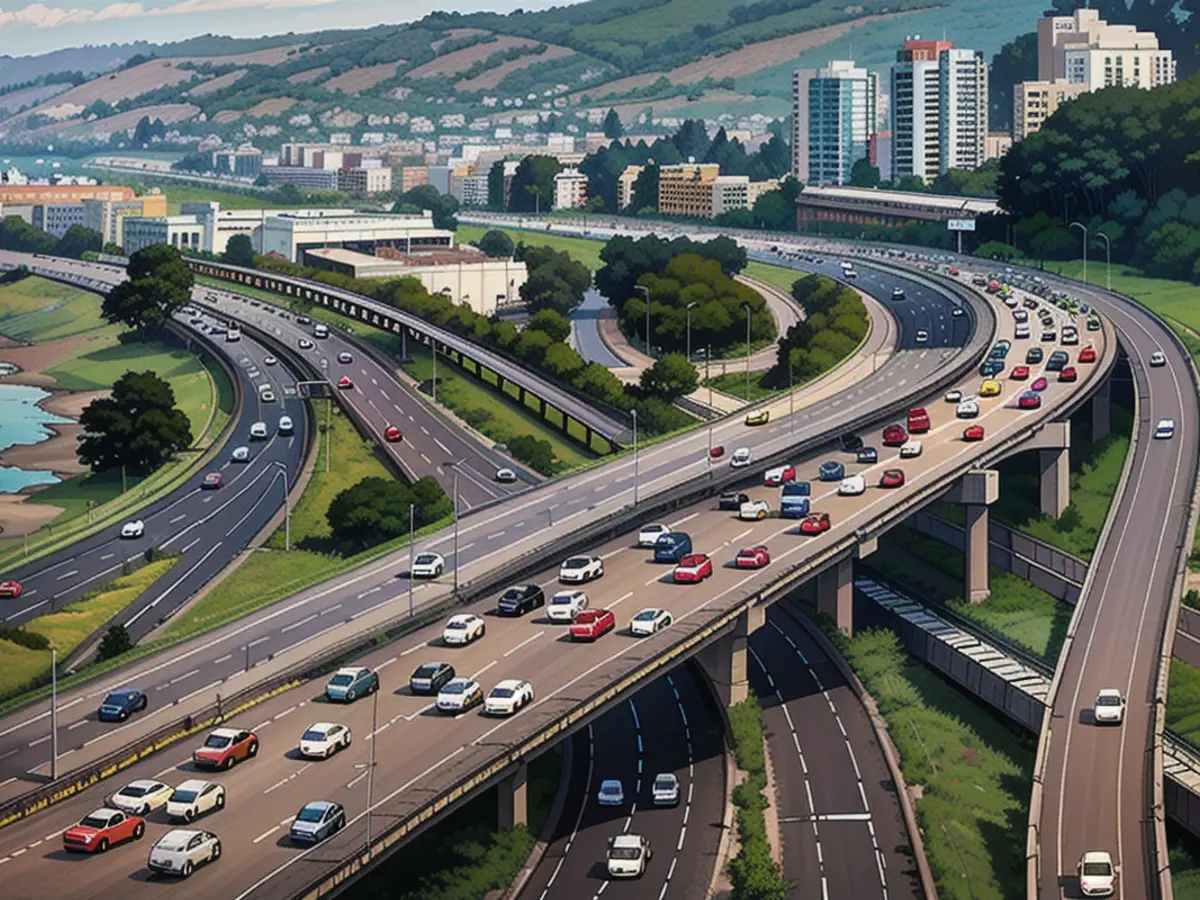Minor collisions now require advanced technological fixes.
These days, modern vehicles come with advanced high-tech features like sensors and cameras for radar and sonar throughout their body. You'll find these sensors dotting the vehicle's surface, while black boxes are embedded in the grille and camera lenses are installed just behind the rearview mirror.
These features have made the repair process more complex. It's not as simple as fixing a dented fender because these sensors and cameras need to be carefully and precisely aligned. The entire process of collision repair has undergone significant changes because of this.
Todd Dillender, the chief operating officer of Caliber Collision, one of the largest auto body repair companies in the United States with over 1,700 locations across 41 states, noted, "The changes we've seen in the last five years are greater than what we've seen in the last five decades."
In fact, fixing these sensors and cameras now makes up more than a third of the post-crash repair costs in a new vehicle. AAA, a consumer automotive group, conducted a study about this; the outcome shared that repairing these features is essential in today's world.
While it's not advised to skip on these advanced features due to repair costs, their benefits are undeniable. Systems such as automatic emergency braking, blind spot monitoring, and rear cross-traffic alerts can significantly reduce the chances of being in a crash in the first place. In time, these systems will become mandatory in the United States.
Other than avoiding repair costs by cutting crash rates, these sensors and cameras also help prevent injuries to vehicle occupants and pedestrians. These features can potentially reduce crash rates by half, as stated by Greg Brannon, the director of automotive engineering at AAA. Even though they're not perfect, they still make a significant difference.
The sensors and cameras can interact with a car's brakes and steering system, allowing the vehicle to stop or evade potential hazards. In an emergency, these systems can alert drivers with warning tones, lights, and graphics on the vehicle's internal screens.
In the event of a collision, these sensors and cameras might be damaged or even dislodged. When dealing with such a situation, the sensor would be useless or might cause systems to behave erratically. Hami Ebrahimi, the chief commercial officer at Caliber, explained, "You're changing the way the sensor looks out in the world."
When it comes to repairs, these sensors and cameras must undergo alignment and recalibration. However, the difficulty is that every car manufacturer has different processes for these repairs, and different models might require different methods and equipment.
Average consumers might not realize this, but even among the same manufacturer, repair procedures can vary depending on the specific vehicle and the systems it's equipped with.
Caliber Collision's Ebrahimi mentioned that some vehicles require dynamic calibration, where the driver must test the vehicle on the road for proper alignment. The car essentially calibrates itself by viewing lane lines and other markers while being driven at a certain speed for a specific distance. But poor weather conditions and traffic can pose problems in achieving this.
Most vehicles require static calibration, a process that can be done within a spacious, closed workshop with a level floor. Here, vehicles are aligned relative to targets placed at set distances according to the vehicle manufacturer's instructions. The car then recalibrates itself while viewing these targets.
The process of immaculate precision requires facilities that meet specific strictures, such as certain colors and lighting. Furthermore, it requires qualified technicians for recalibrating these automated systems. The industry demands highly-qualified and well-trained individuals, which has resulted in increasing salaries for those working in the field.
In the insurance industry, claims adjusters are now facing an increasingly complex workload. Mike Bunda, the director of Allstate's auto repair network, explained that they've had to invest tremendously in training and development. This training is essential since adjuster's must fully understand the intricacies of repairing these advanced systems and sensors. The claims adjusters, often originating from the collision repair industry, are now required to have in-depth understanding of these advanced systems.
"Bunda mentioned that the yearly trainings have shifted to becoming more frequent and only when necessary."
Read also:
- Lack of snow also opens up new opportunities for winter tourism
- Abrupt end to e-car subsidies
- The chemical industry has little confidence
- Intersport boss hopes for sales boom through sporting events
The increased complexity in car repairs, particularly related to sensors and cameras, has led to a significant shift in the business model of auto body repair companies. Today, repairing these advanced features makes up a large portion of the post-crash repair costs.
Given the advanced technology in modern cars, it's essential for auto body repair shops to invest in specialized training and equipment to accurately repair and recalibrate these systems, ensuring they operate correctly post-collision.
Source: edition.cnn.com








